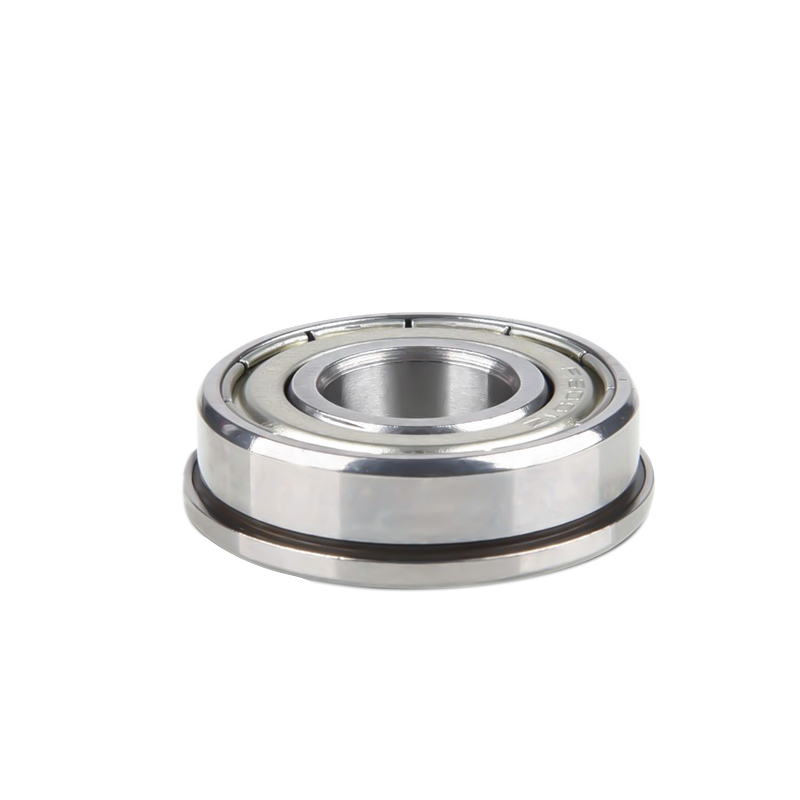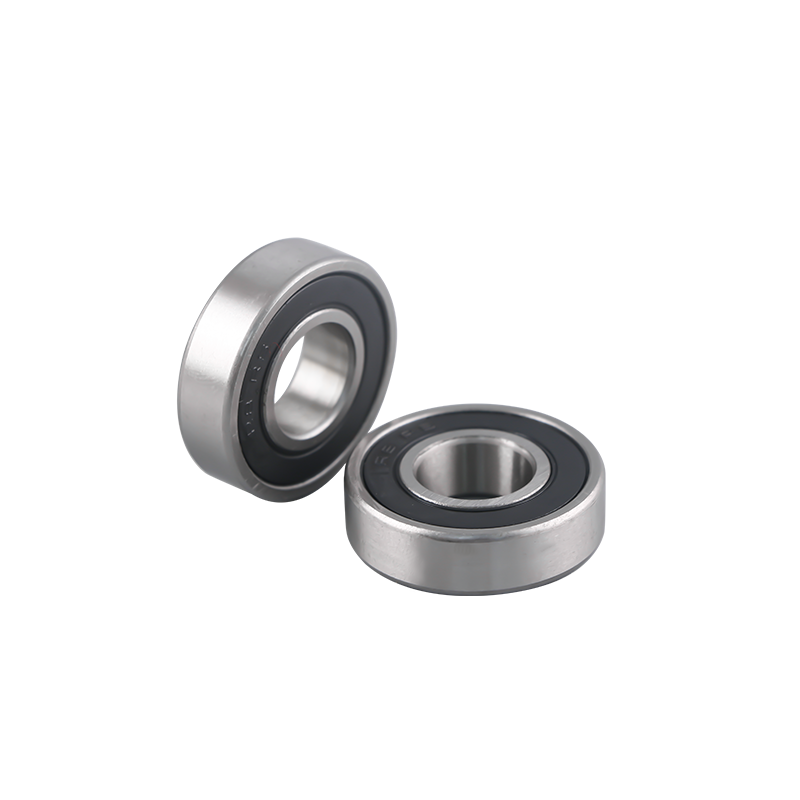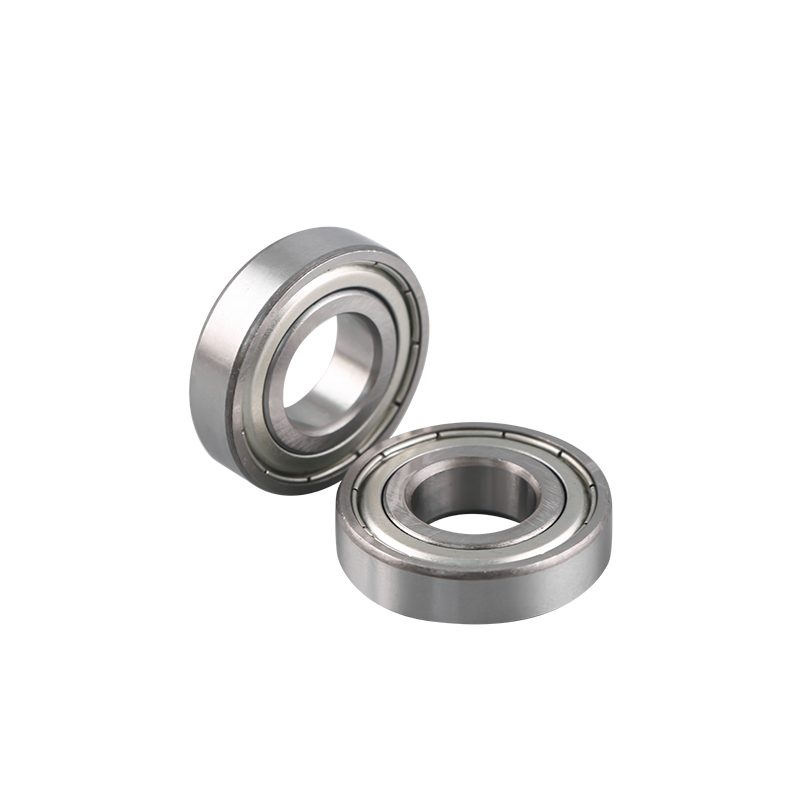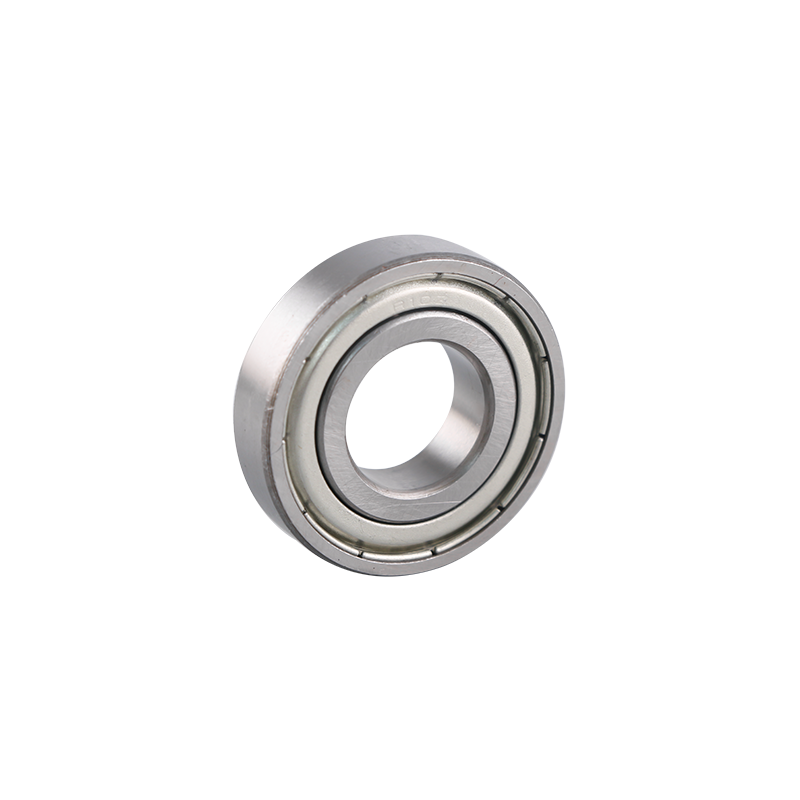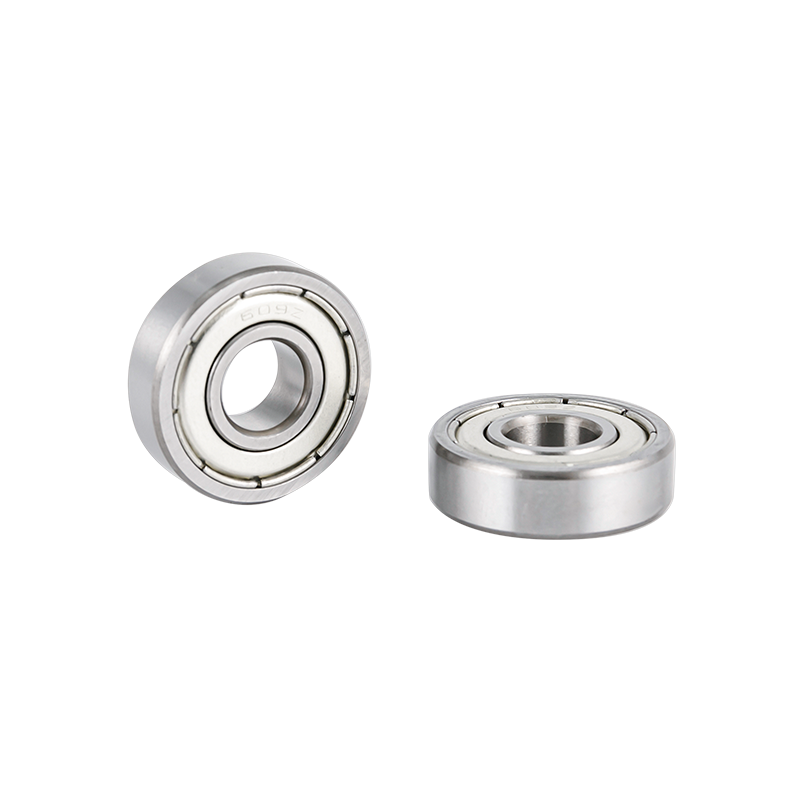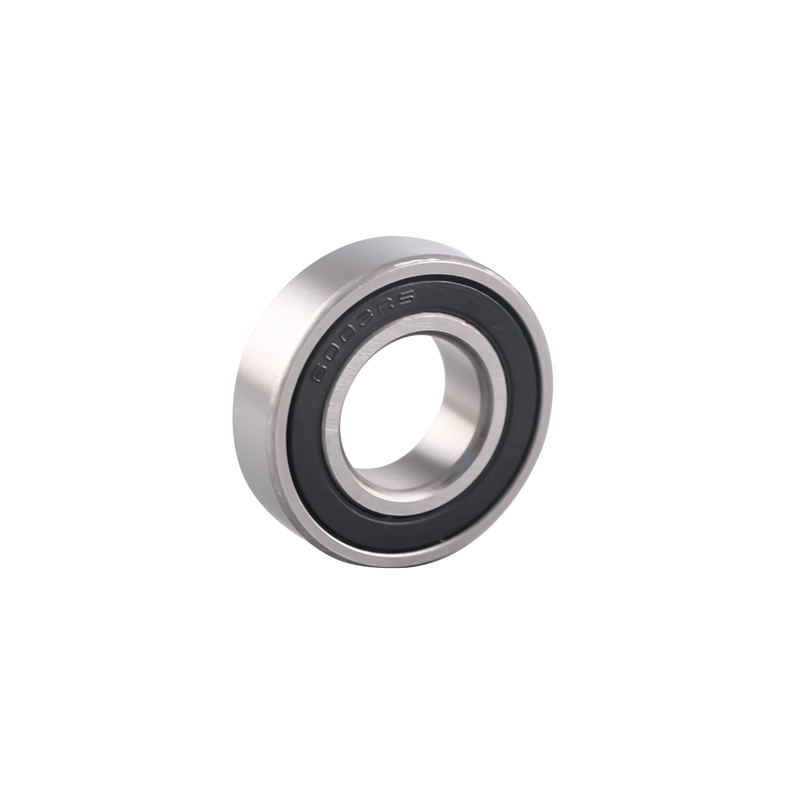The balls of
miniature ball bearings are the core components of the bearing, and their design and manufacturing quality directly affect the performance, life and stability of the bearing.
material selection:
The balls of miniature ball bearings are usually made of chromium alloy steel or stainless steel. Chromium alloy steel is widely used in bearings under standard conditions due to its hardness, wear resistance and strength. In environments where corrosion resistance is required, such as food processing, medical equipment and other fields, stainless steel balls are usually used.
Manufacturing accuracy:
The manufacturing process of the balls is critical to the performance of miniature ball bearings. The process of manufacturing ball bearings typically involves cold forging, precision grinding and polishing. Cold forging ensures the uniformity of the balls and the denseness of the internal structure. Precision grinding is used to obtain a highly smooth surface on the ball surface, ensuring reduced friction during rotation. Polishing is to improve the surface finish.
Dimensions and tolerances:
The ball dimensions of miniature ball bearings are usually very small and the tolerance requirements are correspondingly high. Dimensional parameters such as ball diameter, roundness, and surface roughness need to be controlled within the micron level. This helps ensure a good match between the balls, improving the bearing's accuracy and smooth operation.
Sphericity and Eccentricity:
Sphericality refers to the deviation of the curved surface formed by the ball surface from the diameter of the ball. Eccentricity is the offset of the balls in a ball bearing relative to the center of the bearing. These two parameters have an important impact on the running stability and load distribution of the bearing. The precision ball manufacturing process reduces sphericity and eccentricity, improving bearing performance.
Surface hardness and quenching layer:
In order to improve the wear resistance of ball bearings, they are usually heat treated during the manufacturing process to form a surface with a higher hardness. This is called a quenching layer, which increases the wear resistance of the balls and extends bearing life.
Lubrication and sealing:
During operation, ball bearings require proper lubrication to reduce friction and reduce wear. Therefore, the ball surface is usually designed with certain lubrication grooves or grooves to facilitate the distribution of lubricating oil or grease. In addition, to prevent the entry of external contaminants, ball bearings are usually equipped with a sealing structure to ensure that the inside of the bearing remains clean.
